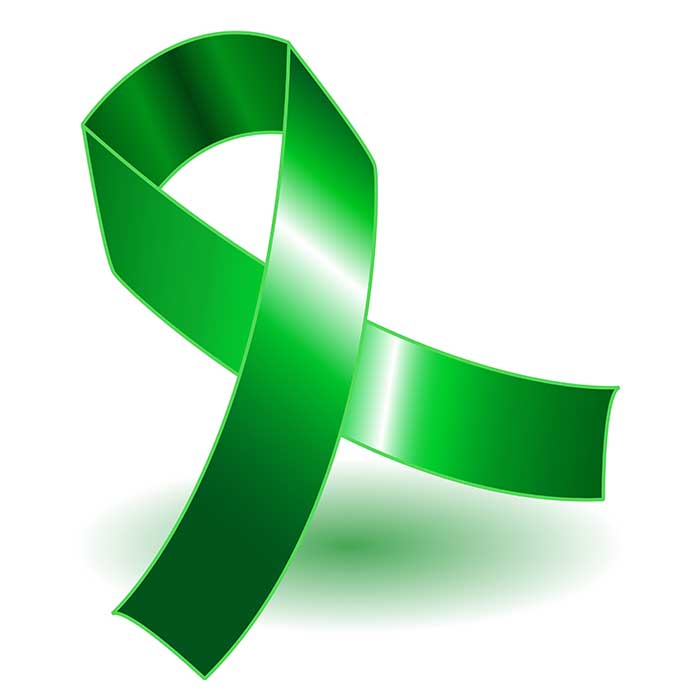Early Signs and Symptoms of Cerebral Palsy in Children

A cerebral palsy is a group of disorders that affects a person’s ability to move and maintain balance and posture. According to the Centers for Disease Control and Prevention, cerebral palsy is the most common motor disability in childhood. It is estimated that 1 in 323 children suffers from cerebral palsy.
There are four types of cerebral palsy that are classified according to the movement disorder and the area in the brain affected. Spastic cerebral palsy is the most common form of cerebral palsy. Spastic cerebral palsy causes increased muscle tone, which results and stiffened muscles and awkward movements of the muscles.
Cerebral palsy is caused by a lack of normal development to a child’s brain or damage to the development of a child’s brain that affects a child’s ability to control his or her muscles. The causes of cerebral palsy can occur before birth, during birth, or within the first few years of a child’s life. Causes of cerebral palsy include lack of blood flow to the birth (such as lack of oxygen to a baby during the birth process); infections of the brain (such as meningitis) or encephalitis during infancy; or injuries to the brain caused by a car crash or child abuse.
Symptoms for Cerebral Palsy
The signs and symptoms for cerebral palsy will vary depending on the type and level of disability that a child is suffering. Most commonly, however, a child will exhibit delayed milestones for motor and movement skills. These milestones include rolling over, sitting, standing, or walking. According to the CDC, other symptoms for cerebral palsy include:
For children under six months of age:
- Baby’s head lags while picking up the child on one’s back;
- A child feels stiff or floppy;
- Child’s leg gets stiff and crossed when picked up; and
- When in your arms, the child acts if trying to push away from you and overextends back or neck.
For children between six and 10 months of age:
- Baby has trouble rolling;
- Baby has trouble bringing hands together or to one’s mouth; and
- Baby reaches with one hand while keeping the other hand closed.
For children over 10 months of age:
- Baby exhibits trouble with crawling, such as pushing off with one hand and leg while dragging the others; and
- Baby does not crawl on all fours, but instead hops on knees or scoots around on one’s buttocks.
As the child gets older, there are various other important milestones that a child reaches in how to play, learn, speak, behave, and move. A full list of these milestones from birth to the age of five years can be found from the CDC here.
Contact a Brooklyn Cerebral Palsy Attorney
Unfortunately, cerebral palsy is often triggered by birth injuries that result from the negligence of a doctor, midwife, nurse, or other healthcare professional or institution. If you believe that your child has developed cerebral palsy as a result of a negligent doctor, an experienced New York medical malpractice attorney can help protect you and your child’s rights.
The Brooklyn cerebral palsy lawyers at the Peters, Berger, Koshel, & Goldberg, P.C. specialize in personal injury, medical malpractice, birth injury, and cerebral palsy cases. Contact the Peters, Berger, Koshel, & Goldberg, P.C.’s malpractice attorneys at 1-800-836-7801 or 718-596-7800 or fill out an online contact form to schedule a consultation.
